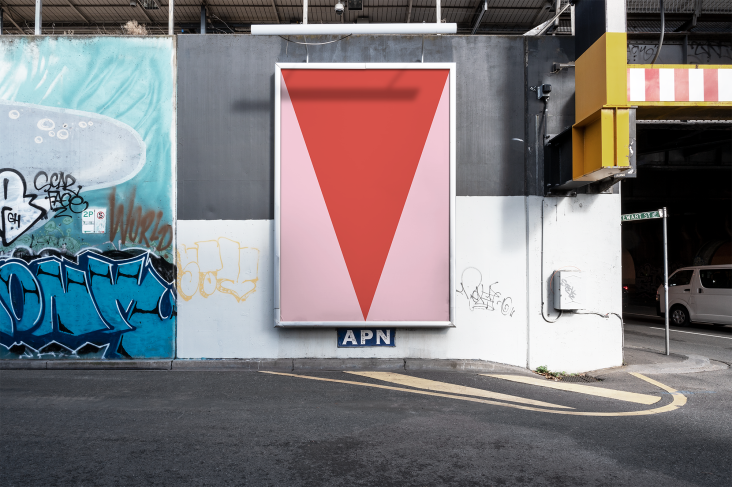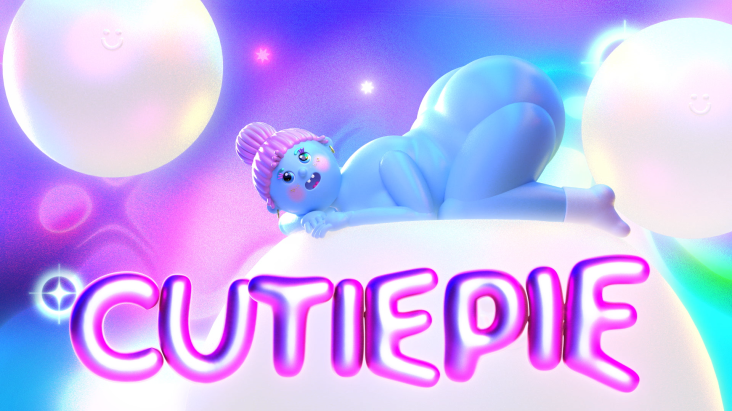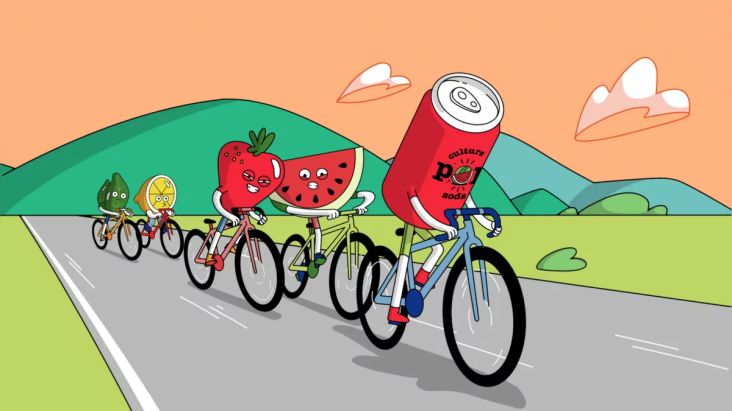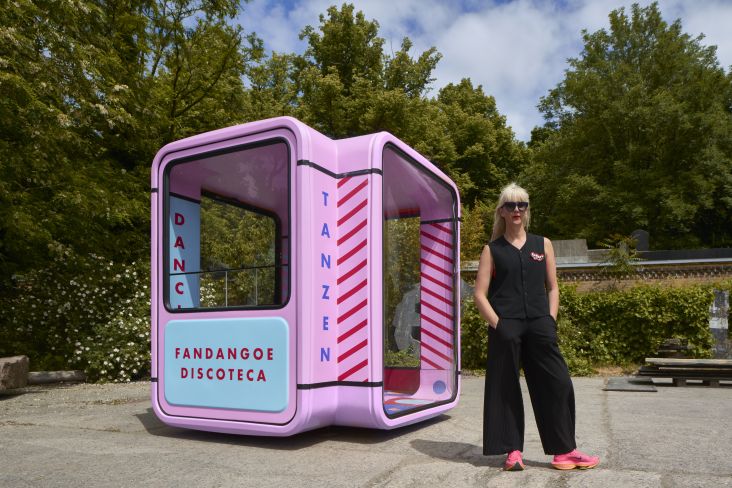
Image licensed via Adobe Stock – ThamKC (stock.adobe.com)
At Creative Boom, we've got a lot of love for Twitter. Over the years, it's proved a great tool for engaging with our readers and has continued to do so in 2023. We have no current plans to abandon our community there, and you can follow us today at @creativeboom. However, many of our readers are telling us (ironically, often on Twitter itself) that they're fed up with it and are looking for alternatives. And, of course, they're not alone.
The changes that have taken place at Twitter since Elon Musk took over warrant a whole article in themselves, if not a book. But to take a few highlights… He's upset people by charging for blue ticks, meaning accounts by the likes of Pope Francis and Bill Gates are no longer verified. He's upset people who think Twitter should be moderated – by proclaiming himself a free-speech absolutist – and upset free-speech supporters by not really following through on that promise. And most recently, he's upset everyone who doesn't pay for Twitter by restricting the number of tweets they can see.
This latest move has led Meta to bring forward the launch of its own Twitter alternative, Threads, which launched last week. But it's not the only game in town. Two other contenders, Bluesky and Mastodon, are also vying for your signups.
So if you do want to jump ship from Twitter or just try out a new social network for size, which one is best to start with? We'll talk you through the main differences of each platform in turn.
How Threads grew so quickly
We'll start with Threads because it's the one everyone's talking about right now. And that's not surprising because it got more than 70 million sign-ups within two days of launch and currently stands at 100 million and rising just four days after launch.
To put that into context, Twitter today has 353.90 million users. Up to now, that's been a heck of a lot more than its rivals, and this has led to a bit of a chicken-and-egg problem for the latter. Whenever you joined something like Parler, which launched in 2018, you realised few people were active on the site. So you didn't get much reaction when you posted, got bored and moved on, which meant that when others joined, they saw the same level of inactivity. And so on.
How has Threads got so many people to join at once? Quite simply, it's launched as an extension of Instagram. On the downside, that means you have to create an Instagram account if you don't already have one. On the upside, only a fraction of Instagram's existing user base of 1.6 billion needed to sign up for it to be an instant hit.
Threads: longer posts, lack of privacy
So what are the main differences between Threads and Twitter? The first, as we've just mentioned, is that it's built upon Instagram. One thing people might not realise as they rush to sign up for Threads is that you CANNOT delete your Threads account without deleting your Insta account at the same time. So if you've put a lot of work into growing your Instagram following over the years, that's something you need to think about carefully.
Another difference is that posts on Threads can be up to 500 characters long, whereas, on Twitter, it's just 280. We tend to like the brevity of tweets, which forces people to write concisely and saves you from having to read lots of waffle. On the downside, it can be tricky to engage in subtle ideas and arguments within a limited word count, which may explain why people on Twitter can be short of temper.
It'll be interesting to see whether conversations on Threads, particularly on social and political issues, are more well-mannered as a result. At the moment, there's a nice vibe going on, but how long that will last is anyone's guess.
As for sharing images, Threads allows you to share up to 10 images or videos in one post, compared to just four on Twitter. It's basically the same as Instagram in that respect and may make Threads more useful for creatives wanting to promote their work.
When it comes to seeing your followers' posts, one of the big complaints so far about Threads is that you don't get a chronological feed. Instead, you get a seemingly randomised feed, much like on Instagram and Facebook.
Other differences are that Threads doesn't yet have a desktop app, you can't send someone a direct message, and there are no ads. We're pretty sure these things will change soon, though. Especially the ads.
And that leads nicely into the big worry people have about Threads: its use of your private data. After all, taking your data and using it to sell you ads is exactly what Facebook and Instagram's (very successful) business is built on.
So predictably enough, when you sign up for Threads, you give it the right to gather data on everything you do there, from your purchases and financial info to your location and browsing history, just like with Facebook and Instagram. Didn't read the terms and conditions? Well, let's face it, no one does, but it's all there in black and white.
The good news is that if you use the Android app, you have more control over specifying what types of data you don't want it to collect. Apple users, though, have no such control.
Bluesky Social
Run by people who used to work at Twitter, including its founder Jack Dorsey, Bluesky Social is another platform worth looking at. Actually, it was originally an internal Twitter project, but it launched as an independent company in 2022, and nowadays, Elon Musk has no control over it whatsoever.
One main difference is that Bluesky is currently invite-only and is reported to have around 50,000 users to date. Each user only gets one invite every two weeks to hand out, so it's clearly going to take a while before it gets significantly bigger, and it will probably take you a while to score an invite. On the plus side, this suggests Blusky might evolve in a sustainable way that makes it a better experience for everyone.
Functionally speaking, it's best thought of as a bare-bones version of Twitter, with a slightly more limited 258 characters per post. There's no web app, no direct messaging, and no video, either live or recorded. What it does offer, though, is the ability to create customised feeds that show you different types of posts and pin them to the top of your timeline, a bit like tabs in a web browser.
Otherwise, though, Bluesky is basically a Twitter clone. So what's the point of it? In a word, decentralisation. That means, in theory, at least, you'll be able to host your content on a different server than Bluesky's, giving you ultimate control over it. That means you'll have much greater privacy over your data. It means Bluesky will have much less power to censor, alter or ban your content. And it means that if Bluesky goes bust or annoys you in some way, you'll be able to move your content to another social network.
It also means that different communities on social media can have different moderation standards that suit their own mores and outlooks. For example, social media networks tend, in general, to frown on nudity, whereas for artist communities, it's a different thing entirely.
Sounds fantastic, right? Well, sure. But in reality, Bluesky is still in beta and still running only on its own servers. So the whole decentralised nature of Bluesky is currently only future-thinking. And indeed, Meta says they plan a decentralised future for Threads too.
Our view? We're convinced that Bluesky WILL move to a decentralised model because they're clearly serious about it. And to show their commitment, they're already collecting way less data than Threads. Basically, they're limiting it to data which helps you use the app, like remembering your email and user ID or accessing photos and videos on your phone. It seems clear they're not planning on selling you ads any time soon.
By the same token, we reckon Meta might be paying lip service to decentralisation because it's a cool new thing. But ultimately, it would be going against their business model to follow through in any meaningful way. Of course, we might just be being terrible cynics here.
Mastodon
Not prepared to wait for Bluesky and Threads to provide a decentralised network? The good news is that you can access one immediately by signing up to Mastodon.
Instead of a single, central server, Mastodon consists of a network of independently operated servers called "instances." Each instance is a separate community with its own rules, moderation policies, and user base. These instances are connected, forming a federated network.
If you're new to this kind of thing and don't really understand the language, Mastodon can be very confusing to sign up to. When you join, you need to choose an instance to register on. This choice determines the specific community you'll become a part of. If you've got a specific interest and know of a Mastodon community built around it, you're golden. If not, you'll probably be just staring at the screen and scratching your head. In this case, we advise finding someone you know or are connected with on another social network and asking them to guide you through the process. You'll probably need an invite from them anyway.
Struggling to find anyone? You can find lists of people who've moved from Twitter to Mastodon via the #TwitterMigration hashtag on Twitter or using an app like Fedifinder.
Sounds like a hassle? We'll be honest: it probably will be. But on the plus side, Mastodon is an open-source community, so likely to remain free forever. It's unlikely to ever try to sell you ads. And as for privacy, you can guess how much data Mastodon wants to collect from you. That's right, absolutely none.

























